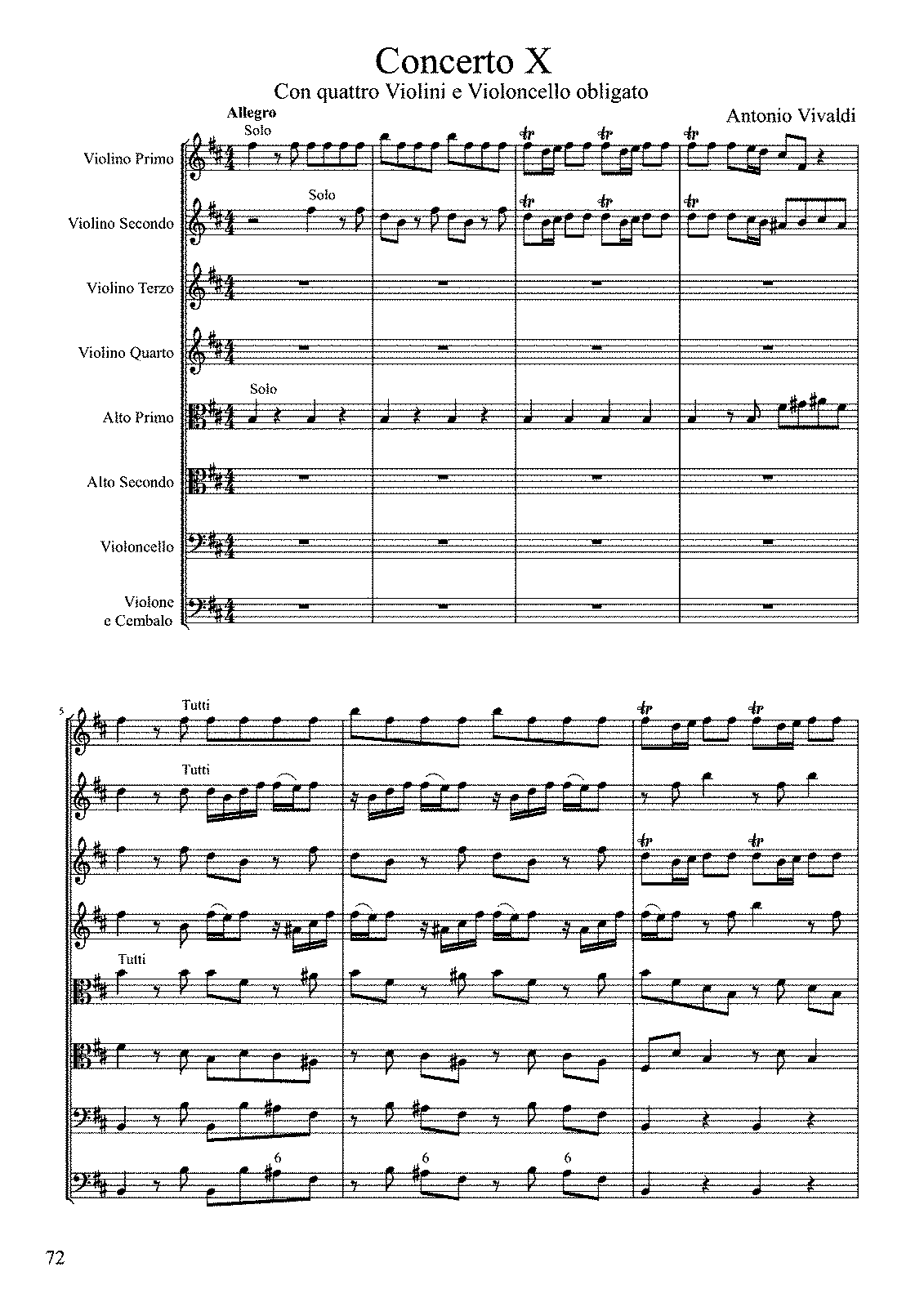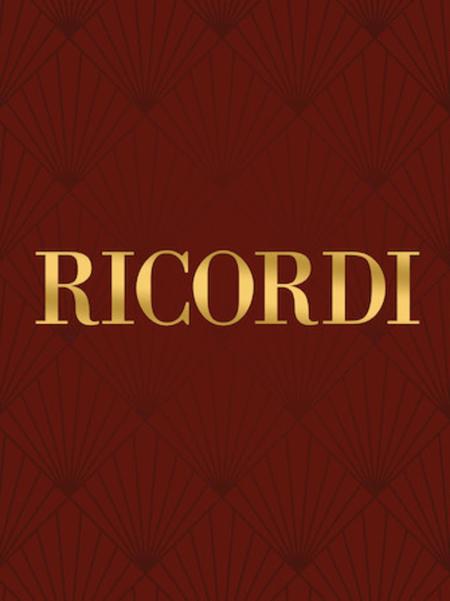

Eighteenth-century listeners were astounded, even intoxicated, by the rhythmic drive and extraordinary intensity of expression in Vivaldi’s concertos, and the driving finale of the B Minor concerto is certainly full of bite and bluster, though the grave, mysterious slow movement is no less passionate and powerful, in its own way.Īnother Baroque era giant, Johann Sebastian Bach made a number of transcriptions from Antonio Vivaldi’s concertos, especially from his op.3 set, entitled L’estro Armonico he adapted them for solo harpsichord and solo organ, and for the concerto for 4 violins in B minor, op.3 no.10, RV 580, he decided upon the unique solution of using four harpsichords and orchestra. The first movement opens with a coup de théâtre – with dialogue among soloists rather than with the full orchestra – and, like the finale, features wonderfully unpredictable solo episodes. Related: Vivaldi – Mandolin Concerto in C Major (Il Giardino Armonico) (Bach was so impressed with this work that he arranged it as a concerto for four solo harpsichords.) 10, is in three movements (fast-slow-fast), with the outer movements in ritornello form – that is, unfolding a series of alternating orchestral and solo episodes.īut this is also a highly original, even experimental work, not least because its novel instrumentation – four solo violins, solo cello, strings, and continuo – stimulated Vivaldi’s imagination.

Like most of Vivaldi’s 500-odd concertos, the B Minor Concerto for Four Violins, Op.

This concerto was published early in his career, and it contributed to his international reputation. The composer, who was himself a virtuoso violinist, wrote hundreds of concerti for the violin but relatively few for four violin soloists. Video can’t be loaded because JavaScript is disabled: Il Giardino Armonico – Vivaldi – Concerto for four violins in B minor RV 580 () Il Giardino Armonico – Vivaldi – Concerto for four violins and cello in B minor RV 580 Vivaldi’s Concerto for Four Violins and Cello


 0 kommentar(er)
0 kommentar(er)
